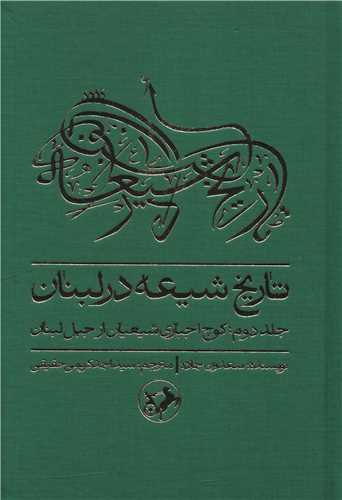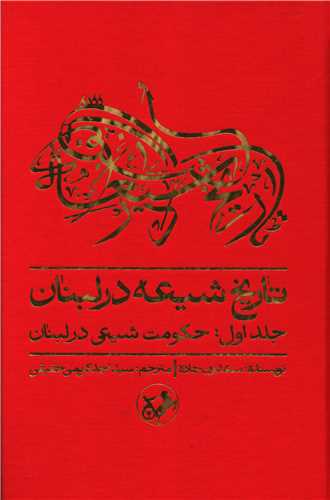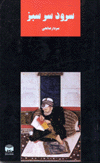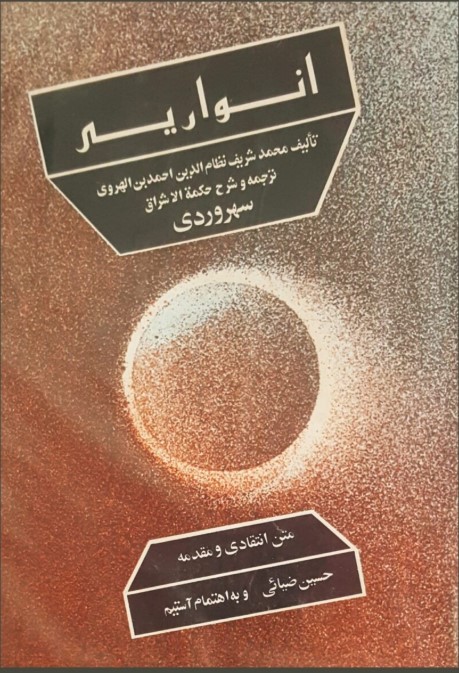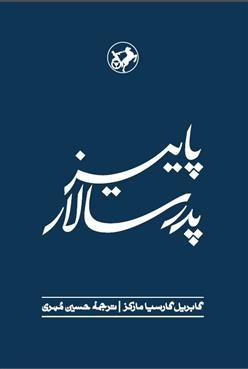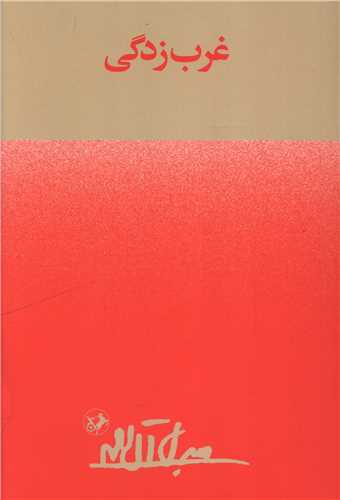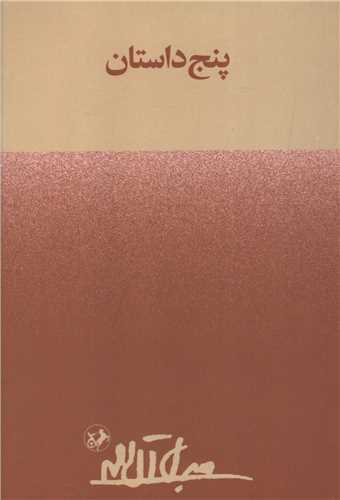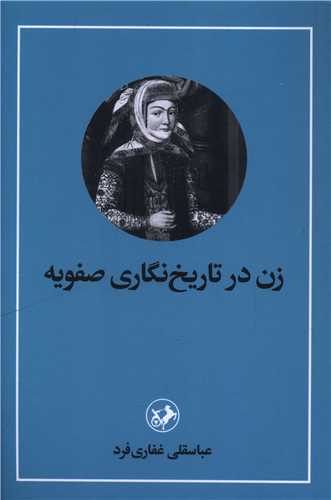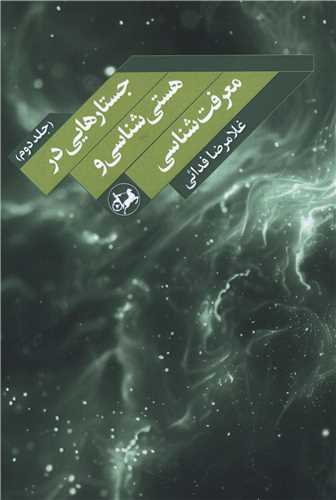Tārīkh-i Shī'ah dar Lubnān (Jild-i Duvvum: Kūch-i Ijbārī-yi Shī'ayān az Jabal-i Lubnān): Persiska (Farsi) 1402
تاریخ شیعه در لبنان (جلد دوم: کوچ اجباری شیعیان از جبل لبنان)
3,23 £
Dela
Wishlist
Originaltitel:
تاریخالشیعه فی لبنان
ISBN:
97896422689
Översättare:
Aḥmad Karīmī Ḥaqīqī
Förlag:
Amirkabir
Åldersgrupp:
Vuxen
Sidor:
538
Vikt:
660 g
Produktmått:
14 x 21 x 6 cm
Bokomslag:
Inbunden
The Shiite historical experience has been removed from the Lebanese national narrative, and contemporary Christian historians, whose sole purpose is to present events, have omitted the lives of Shiite holy figures from the details of Lebanese history.
The classical Lebanese government system was thus the product of the imagination of Christian theorists; it must be said that the Druze tribal emirate was never the only or most important state institution in the history of Lebanese autonomy. Historically, the Shiite emirs of Mount Lebanon, such as the Beqaa and Jabal Amel, were either strong allies or rivals to the expansionist Druze emirs in their expansion of territory and political influence.
In the 17th century, Patriarch Douaihi established a fictional narrative of the Emir of Chouf as the true and unique ruler of Lebanon. He was the first to propose this hypothesis, based on which school history books and academic research were written, research that aimed to dismantle the foundations of this system from a historical perspective; from the perspective that a leader in the Druze Mountains was at the head of the government and was considered the unified ruler of Lebanon from a political and administrative perspective.
Based on this narrative, all other currents were marginalized and it was claimed that Lebanon was a Druze and Maronite country. In this way, the history of most of today's Lebanon, namely the Bekaa, the Amel Mountains, and Mount Lebanon, was left aside and removed from the general national history of this country, so that the history of the Chouf would be generalized to all of Lebanon.
This book is a research to get out of this inherited black hole and restore the lost credibility to the history of other currents in Lebanon; The movements that Shiites formed the most during the Ottoman era, as well as the areas of their presence, were the most extensive and their rulers were the most deeply rooted rulers of this land.
more
تجربۀ تاریخی شیعیان از روایت ملی لبنان حذف شده و مورخان مسیحی معاصر که اختصاصشان عرضۀ حوادث است، سیرۀ شخصیتهای مقدس شیعه را از تفاصیل تاریخ لبنان کنار گذاشتهاند.
نظام حکومتی کلاسیک لبنان بدین شکل نتیجۀ قوۀ خیال نظریهپردازان مسیحی بوده است؛ باید گفت که هیچگاه امارت قبایل دروزی، تنها مؤسسۀ حکومتی یا مهمترین آنها در تاریخ خودمختاری لبنان بهشمار نمیرفته است. در تاریخ، امرای شیعۀ جبل لبنان همچون بقاع و جبل عامل، یا همپیمانانی قوی بودند، یا اینکه رقبایی در برابر توسعهطلبی امرای دروز در گسترش قلمرو و نفوذ سیاسی آنها بهشمار میرفتهاند.
از قرن هفدهم میلادی، پاتریارک الدویهی روایتی موهوم را دربارۀ امیر شوف بهعنوان حاکم حقیقی و بیهمتای لبنان پایهریزی کرد. او اولین کسی بود که این فرضیه را مطرح کرد که بر اساس آن کتابهای تاریخ مدارس و پژوهشهای دانشگاهی نگاشته شد، پژوهشهایی که هدفشان ترسیخ پایههای این نظام از منظر تاریخی بود؛ از این منظر که یک رهبر در جبل دروز در رأس حکومت قرار داشته و حاکم لبنان یکپارچه از منظر سیاسی و اداری به شمار میرفته است.
بر اساس این روایت، تمامی دیگر جریانها به حاشیه رانده شده و زعم بر این بوده که لبنان کشوری دروزی و مارونی بوده است. بدین شکل تاریخ بخش اعظم لبنان کنونی، یعنی بقاع، جبل عامل و جبل لبنان کنار گذاشته شده و از تاریخ ملی عام این کشور کنار میرود تا بدینوسیله تاریخ شوف بر تمام لبنان عمومیت یابد.
این کتاب پژوهشی است تا از این سیاهچالۀ موروثی، بیرون آمده و به تاریخ دیگر جریانها در لبنان اعتبار ازدسترفتهشان را بازگردانیم؛ جریانهایی که شیعیان در دوران عثمانی بیشترین آنها را تشکیل دادند و همچنین مناطق حضور آنها، گستردهترین مناطق و حاکمانشان، ریشهدارترین حاکمان این مرز و بوم بودهاند.
more

